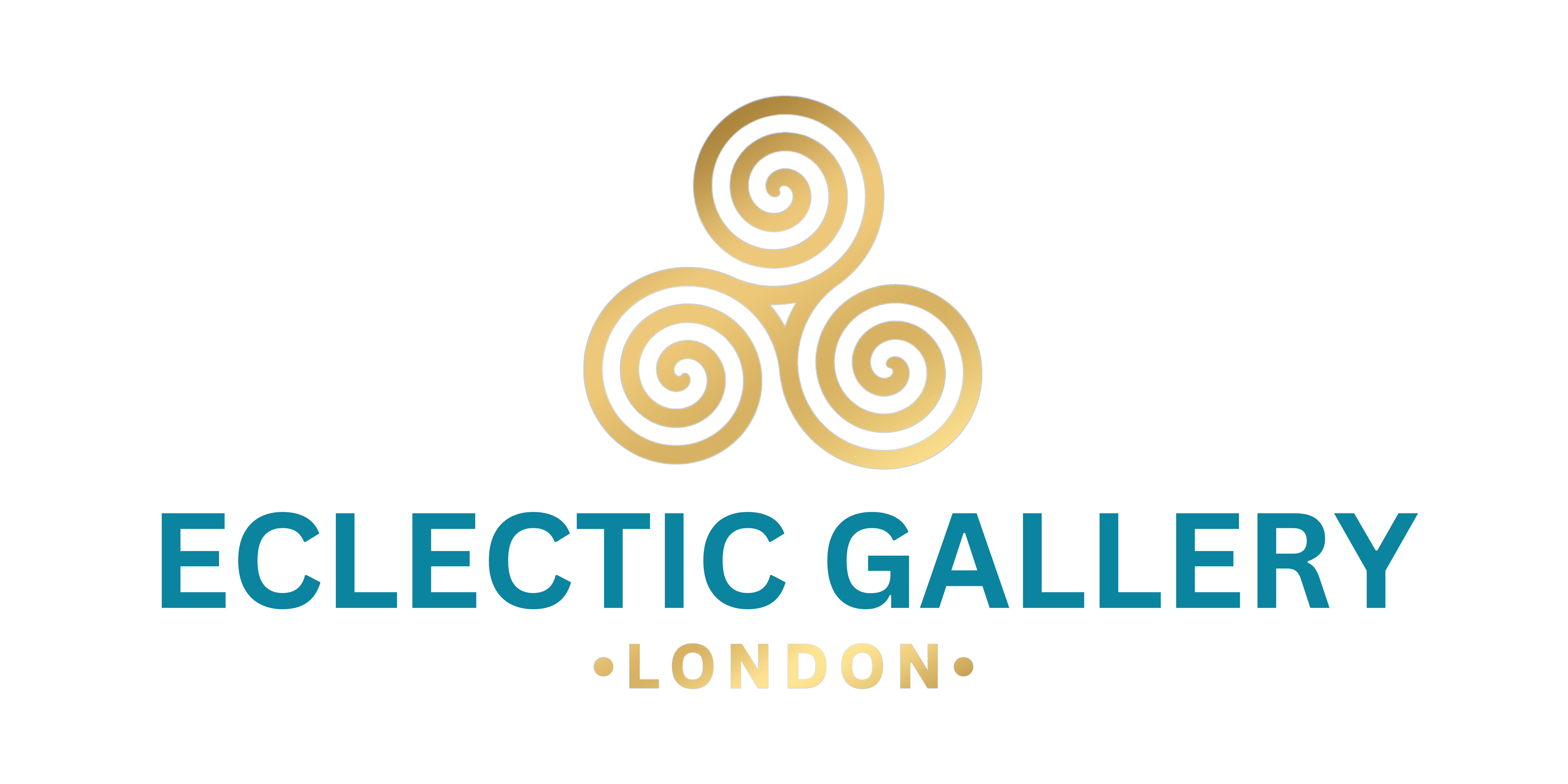Art has the remarkable ability to captivate hearts, challenge minds, and inspire creativity. For those embarking on the exhilarating journey of art collecting, it's not just about acquiring beautiful pieces; it's about nurturing a lifelong passion. In this article, we explore the art of collecting, its investment potential, and offer essential tips for art enthusiasts eager to start their own collections.
What Makes a Good Art Collection?
A good art collection is more than a random assortment of pieces; it's a curated reflection of your unique taste and interests. It tells a story, showcases diversity, and may even provoke thought or emotion. A well-rounded collection combines aesthetics, personal connection, and, for some, investment potential.
Is Collecting Art a Good Investment?
Art collecting can indeed be a sound investment, but it's essential to approach it with the right mindset. While some artworks appreciate significantly in value over time, it's not a guaranteed path to wealth. Art should primarily be collected for the love of it, with the potential for financial gain considered a welcome bonus.
How Many Pieces of Art Should Be in a Collection?
The size of your art collection is a matter of personal preference. Some collectors focus on a few cherished pieces, while others assemble extensive portfolios. The key is to maintain a collection that resonates with you and aligns with your goals.
How to Start Collecting Art?
Starting an art collection can be both exciting and intimidating. Begin by educating yourself about various art forms, artists, and styles. Visit galleries, attend art fairs, and engage with the art community. Start small, and as you develop your taste and understanding, you can make more informed decisions.
Is Collecting Art Worth It?
The worth of collecting art goes beyond financial considerations. Art enriches lives, sparks conversations, and connects individuals to the creative spirit of humanity. The joy and fulfillment derived from owning and appreciating art can be immeasurable.
How to Start Investing in Art?
Investing in art requires research, patience, and a willingness to take calculated risks. Start by studying the market trends and seeking expert advice. Diversify your collection, focusing on emerging artists, established names, and different mediums.
Do Art Collectors Make Money?
Some art collectors have seen significant returns on their investments, but it's not guaranteed. Success in art collecting often involves a deep passion for art, a keen eye, and strategic decision-making.
What Is the Highest Paid Art Piece?
The world of art auctions has seen jaw-dropping sales, with pieces like Leonardo da Vinci's "Salvator Mundi" selling for hundreds of millions. However, it's essential to remember that such exceptional sales are the exception, not the rule.
5 Essential Tips for Starting an Art Collection
Educate Yourself: Learn about art history, various art forms, and artists. Understanding the context and significance of art enhances your collecting journey.
Visit Galleries and Museums: Explore different styles and gain exposure to a wide range of artworks. Visiting galleries and museums is a great way to refine your taste.
Set a Budget: Determine how much you're willing to invest in art. Setting a budget helps you make informed decisions and prevents overspending.
Trust Your Instincts: Collect what resonates with you. Your personal connection to art pieces is what makes your collection unique and meaningful.
Network and Seek Advice: Connect with fellow collectors, artists, and experts in the field. Networking can provide valuable insights and opportunities.


